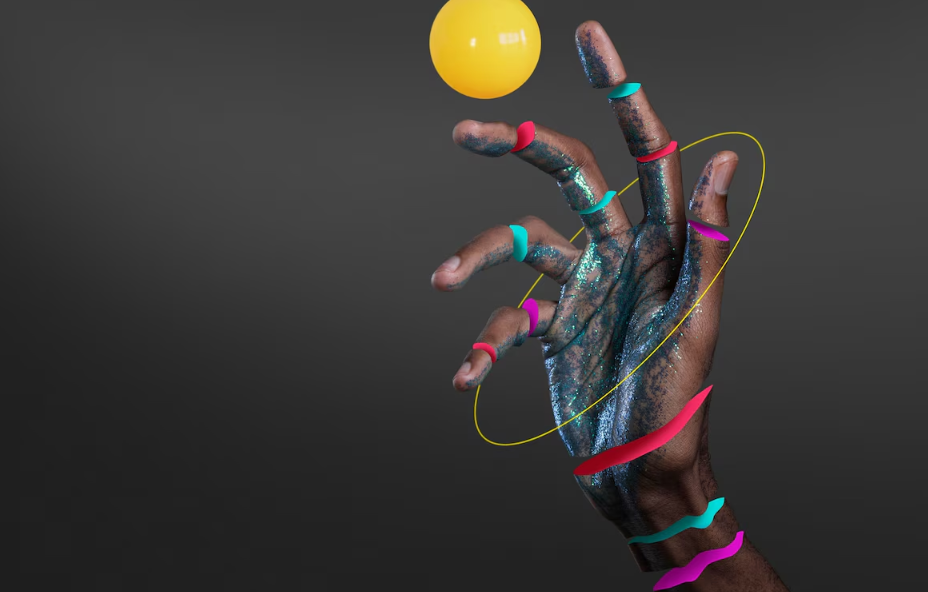Augmented Reality (AR) has rapidly emerged as one of the most talked-about technologies in education. By overlaying digital content on the real world, AR promises to transform traditional learning environments into immersive, interactive experiences. But is AR a true educational revolution—or just a passing trend?
What is Augmented Reality?
AR is a technology that superimposes computer-generated images, sounds, or data onto the physical world, typically through smartphones, tablets, or AR glasses. Unlike Virtual Reality (VR), which immerses users in a completely digital environment, AR enhances the real world without replacing it.
In classrooms, AR applications can bring historical events to life, allow students to explore 3D models of the human body, or visualize complex mathematical concepts in real time.
The Potential of AR in Education
1. Engaging Visual Learning
Many students struggle to grasp abstract ideas from textbooks alone. AR can help bridge this gap by offering visual and interactive representations of content. For instance, instead of reading about planetary orbits, students can see and manipulate a digital solar system right in their classroom.
2. Accessibility and Inclusion
AR can also assist learners with disabilities. For example, students with hearing impairments might benefit from visual cues, while those with learning difficulties can receive tailored, interactive feedback in real time.
3. Practical Skill Development
Fields like medicine, engineering, and architecture require hands-on experience. AR enables students to simulate surgeries, design structures, or explore machinery without the need for expensive physical resources.
Challenges and Criticisms
Despite its potential, AR in education faces several hurdles:
- Cost and Infrastructure: Not all schools can afford AR-enabled devices or have the infrastructure to support them.
- Teacher Training: Educators need proper training to integrate AR effectively into lesson plans.
- Overhype and Misuse: There’s a risk of using AR as a gimmick rather than a meaningful educational tool. Without clear objectives, its implementation can be superficial.
Is It a Revolution or a Fad?
Whether AR is a revolution or a fad depends largely on how it is used. If integrated thoughtfully, with pedagogical intent and supported by adequate training and infrastructure, AR has the potential to redefine learning. However, if it’s adopted without strategy—merely for its novelty—it risks becoming another tech trend that fades away.
Conclusion
Augmented Reality holds exciting promise for education, but it’s not a magic bullet. The key lies in purposeful use, where technology serves as a bridge between students and deeper understanding. In that context, AR is not just a fad—it could be a cornerstone of the classroom of the future.


